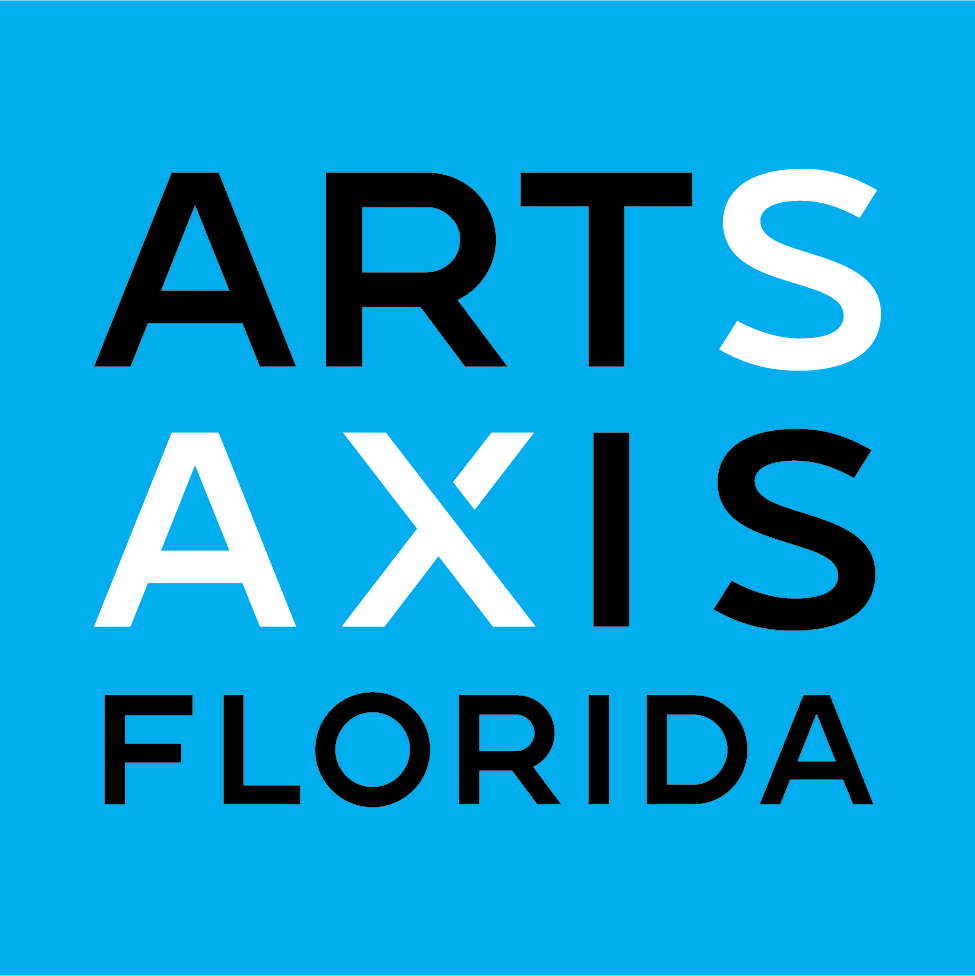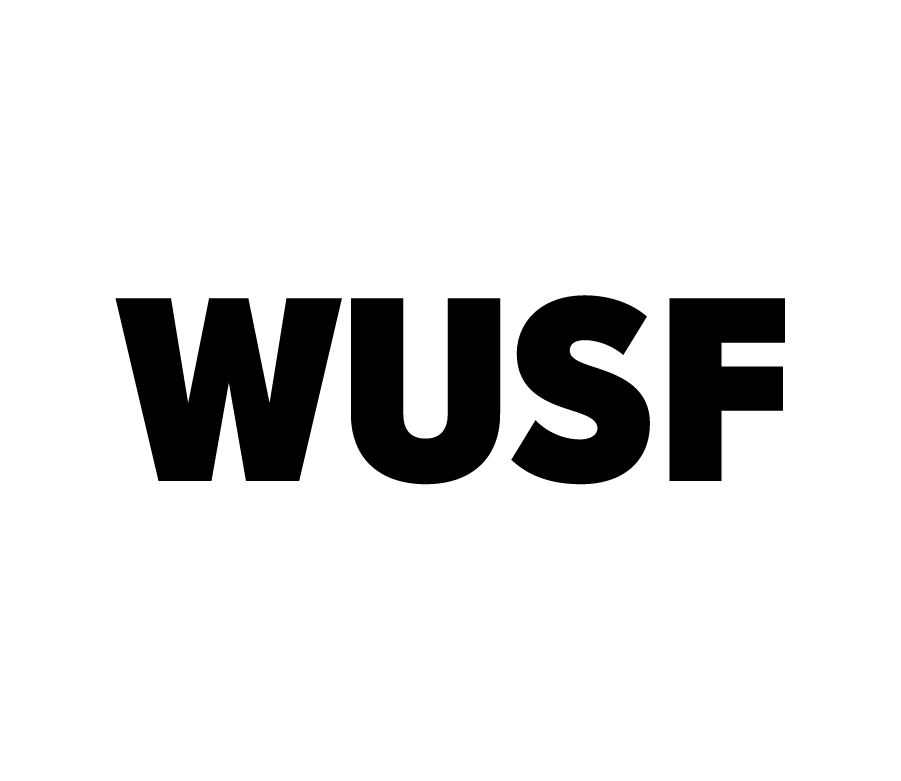Crafting Careers: Art Librarianship with Stephanie Jacobs
Curating Creativity and Finding Inspiration in Books
Interview by: Hana Abdel Magid
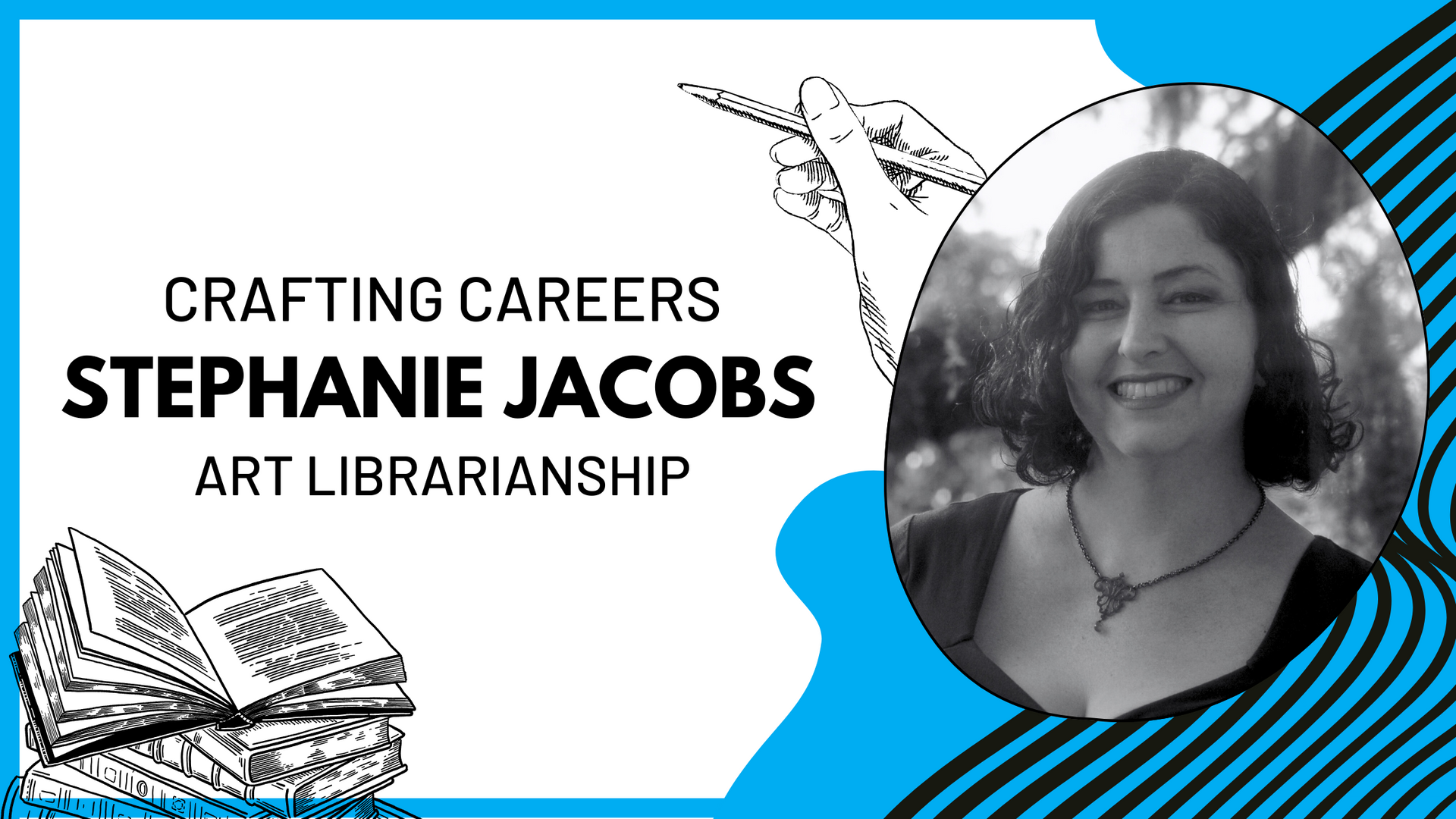
The world of art professionals is extensive and diverse. In fact, you may be surprised to find just how many opportunities there are beyond conventional artistic pursuits. From museums and galleries to healthcare and education, the influence of art can be found in countless industries and sectors.This month, we spoke with Stephanie Jacobs, University of South Florida Libraries Arts Liaison, to delve into her unique role and connection to the arts.
Hana Abdel Magid: Tell us a little about yourself and your background.
Stephanie Jacobs: I am the librarian for the college of the arts, as well as serving as an instructional design librarian, at the USF Tampa campus library. I have a BFA in Illustration & Communications Design from Pratt Institute and an MFA & MLIS from The University of Alabama. I did the MFA in Book Arts at the same time as I earned my library degree, which was great – both of those programs are part of the library school at UA, so it went really well together. Book Arts was a great experience, I did a lot of printmaking, hand papermaking, and bookbinding, but also, I got to learn about and from some amazing book artists, so that was really nice. I came to Tampa for the position of Instructional Design Librarian, but I was excited to step into the additional role of Librarian for the college of the arts when Audrey Powers retired.
HM: Describe your role and what a typical day at work entails.
SJ: My days are not all the same, which is great for keeping things interesting! I often have consultations with students or members of the faculty – sometimes in my office, sometimes via TEAMS, and that’s a chance for me to help people with research, find resources, order books, or help out with things like course guides. A lot of my work is also via email – I get a lot of requests that way, so I have to stay on top of that! Sometimes, vendors will contact me about free trials of arts resources, so I have to look into those, talk to faculty, etc. I’m also part of several working groups within my department, which is Research & Instruction – that’s where the instructional design portion of my work comes in. I work with colleagues on the creation of instructional videos, online learning objects and web-based library instruction like our canvas modules for library basics. I also visit classes to give instruction sessions, often tailored around a specific assignment – I work a lot with different art history classes, but I also always enjoy working with the Technique of Research in Music students and the Dance Science students!
HM: What drew you to your line of work?
SJ: Librarians and libraries have been important to me all my life. I grew up on a college campus going to both the academic library and the public library, so I have a deep appreciation for both. I have done a few different types of work in my post college life, and librarianship is by far the most rewarding. I appreciate being in a setting that encourages constant learning and growth.
HM: How has your career evolved?
SJ: My career has absolutely evolved, and I’m very happy about it! I started out at a very small community college library, but it was a great learning experience, because in that kind of position, you really have to do a little of everything – collection development, cataloging, and instruction – and in my case that’s where I started making instructional videos as well. I learned I really enjoy that, as well as instruction. I’m thrilled to be working with the College of the Arts now – it's been wonderful working with this diverse and interesting group of faculty and students.
HM: How has your background in the arts helped you in your career?
SJ: I feel that appreciating and learning to understand art is really a way to become better at making connections with people who don’t necessarily share our same experiences, as well as develop a sense of empathy for the world. It’s also a way to reach out – participation in the arts, both as creator and appreciator, can provide a framework for expression and connection. I also enjoy getting to know new artists and formats!
HM: What projects or initiatives that you worked on have you found most interesting?
SJ: A couple years ago I was invited by Dr. Sang-Hie Lee to join the USF Performing Arts Medicine Collaborative, an organization I had not previously known about, and this year I helped a little with their conference, designing the poster for their performance showcase. I found the sessions I attended interesting – there’s a lot to explore in the intersection between medicine and performing arts – and it has bearing not just on top level performers, but all of us.
More on the library instruction end of things, I helped design and develop a series of CANVAS-based library learning modules designed to teach information literacy basics, and we continue to refine and revise that collection. It's reached a lot of students - usually when a professor assigns it.
HM: You've been a long-time volunteer for the Kentuck Museum Association Annual Festival, particularly with youth arts. Why is this type of work important to you?
SJ: Kentuck is a folk-and-fine art festival in west Alabama, where I grew up, and it’s been important to me since I was a youth myself – it recently celebrated its 50th anniversary, so it was something I attended basically from infancy. I was lucky to have parents who wanted to expose me to the arts! In the years after I moved back to Alabama, I knew I wanted to be involved somehow. And volunteering for the festival was a really fun and rewarding time. I really liked making the kids and parents happy, too.
HM: How has art helped you develop in other aspects of your life?
SJ: I feel that appreciating and learning to understand art is really a way to become better at making connections with people who don’t necessarily share our same experiences, as well as develop a sense of empathy for the world. It’s also a way to reach out – participation in the arts – both as creator and appreciator– can provide a framework for expression and connection.
HM: Do you practice art yourself?
SJ: I do some drawing, some painting, and some printmaking, but not enough of any of it. I haven’t kept up with book arts as much as I wish I had, although I have offered to come teach 3-hole pamphlet sewing to any class interested in it – it’s a good format for binding a zine slightly more fancily than just stapling it (but stapling is fine too!)
HM: Who are your art inspirations?
SJ: I love decorative arts, design, and illustration - artists like William Morris and Alphonse Mucha are very inspiring to me, and illustrators like Aubrey Beardsley and Edward Gorey. I enjoyed getting to see the Whitney Biennial this year, particularly the paintings of Eamon Ore-Giron.
HM: What advice do you have for others who may be interested in joining your field?
SJ: My top tip for students who want to be academic librarians is explore the different types of librarianship and tailor your education and internship to that – but also be prepared to pivot if you need to. There’s lots of opportunities around art librarianship, including archival and curatorial specialties. It helps to know which way you want to go! Also, I know the job market is tough. Things have changed a lot since I started out as a librarian, and obviously will continue to evolve.
WUSF >> WUSF News | Classical WSMR | WUSF Jazz | Health News Florida | IntellisMedia | The Zest Podcast
©2023, WUSF and Arts Axis Florida logo are service marks of WUSF. All rights reserved. | Privacy Policy
WUSF is a department of the University of South Florida.
